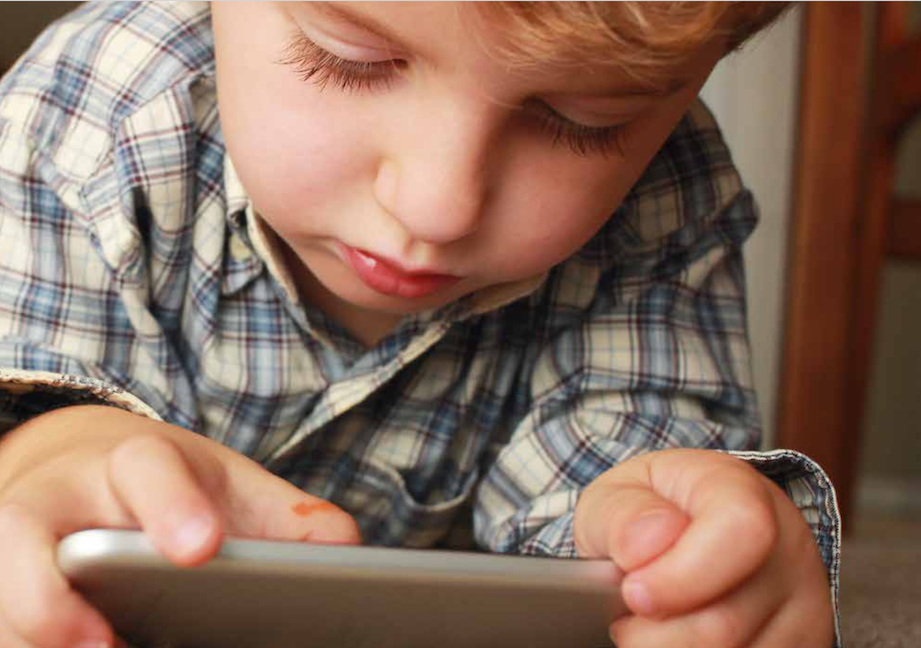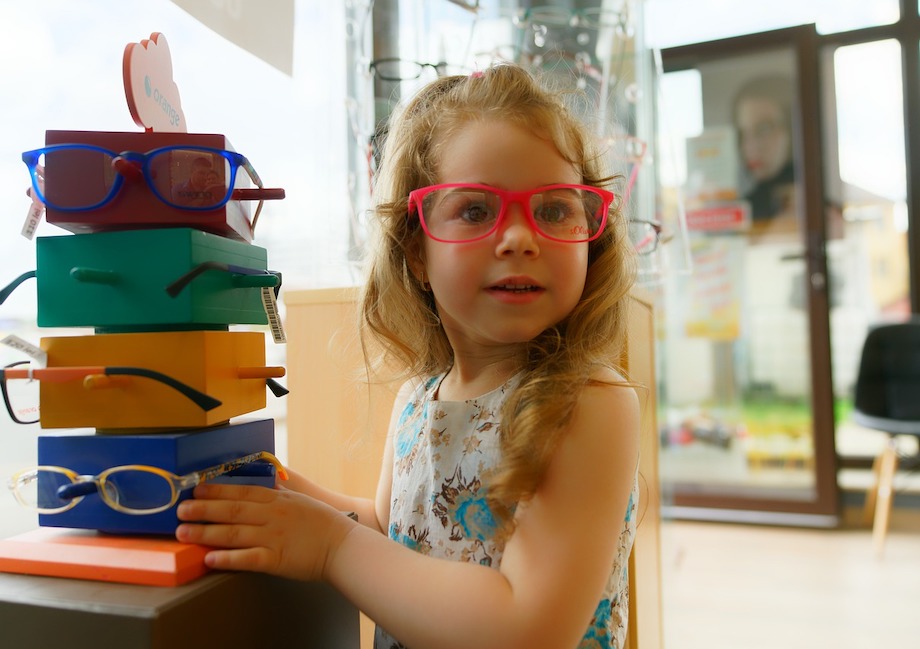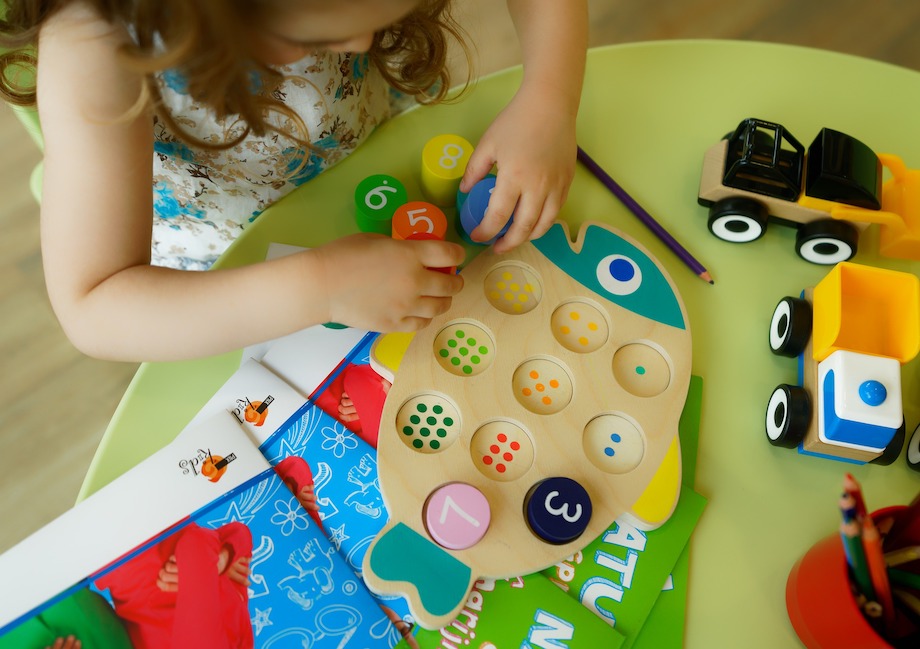
Our babies are surrounded by rapidly advancing technology. We absorb ever-changing information technology into our lives at a breakneck speed. It’s easy to forget that not that long ago, when we left the house, no one could contact us!
These changes have many advantages. The article you’re reading now was largely researched, written, edited, and designed on multiple devices. Information is more freely available than it has ever been.
But many parents wonder how this technology affects babies and young children. It’s a whole new world they find themselves in.
Changing times
In 1970, children began watching TV, on average, when they were four years old. Now, many children are using digital media from four months old, or even younger. This is one example of many changes in the way we are using media. Whānau viewing habits have changed over the years too. In the early years of TV, families tended to have one TV that they watched together, now many whānau have multiple sets, and children are more likely to be watching alone. Of course, it’s not just about TV. By the time they turn ten, it’s estimated that children have access to five different devices in their home.
Many newer technologies are portable, meaning they can go wherever children and parents go. Mobile devices, such as smartphones and tablets, are pervasive. They provide connection to people and information on an unheard-of scale, which is different from earlier forms of technology.
In the US, for example, the percentage of two- to four-year-olds using mobile devices rose from 39% in 2011 to 80% in 2013. That’s quite a shift in a short space of time. Here in Aotearoa, more than three-quarters of four-year-olds are using electronic media at home on weekdays.
What do children actually need?
Although technology is changing, what children need hasn’t changed. Before we look into how screen use can affect children, it’s worth quickly revisiting what we already know about what children need to develop in healthy ways.
Children learn through their relationships and experiences. When these relationships are positive and their experiences rich and interesting, they are laying strong foundations for many areas of their development. When we talk about rich learning experiences in the first few months and years, these may be things adults take for granted. Watching the wind move through the trees, splashing in a puddle and helping in the kitchen all provide stimulation to many of the senses and involve the body in the three-dimensional world.
Two-dimensional screens don’t offer this richness of sensory experience and human interaction. There is nothing that can replace parent-child interactions and the value of real-world exploration and play. Things that are repeated tend to be strengthened in the brain, whether it’s repeated attempts at walking, learning waiata or being comforted when upset.
Research tells us that children need loving, interested adults interacting with them and involving them as they go about their day. They also need quiet time. Contrary to what some people think, children don’t need to be busy doing something, or being ‘entertained’ all the time.
Some things to consider
When it comes to thinking about screens and our tamariki, there are many variables that make a difference. These include the age of the child, the content they’re engaging with, and the amount of time they spend using screens. And of course, any screen use is occurring in the wider context of tamariki and whānau lives.
Here’s what we know:
Age makes a difference
We are learning throughout our lives, and the experiences we have affect the way in which this development will unfold. The impact of this is greater at some points in our development than others, with early experiences often having a greater influence on brain development than those occurring later in life. While some experiences support children’s healthy development, others can get in the way, making healthy development less likely.
Age makes a difference in many areas of development; what’s beneficial, or at least not harmful, at 50 years isn’t necessarily the same at five years, or five months of age. Learning a new language as a toddler is a very different process from learning one at 35.
When it comes to technology use, this remains important. Young children aren’t able to tell fantasy apart from reality. From around three years, children can learn from some media when and if it’s appropriate for their age and development, and if a parent or other adult is engaged in the activity with them. Earlier than this, there doesn’t seem to be any benefit, but there are some risks of harm.
The dose or amount of use matters
It’s not just screen use, but the amount of time spent on devices that influences children’s development. For example, higher levels of screen use at two to three years of age were associated with poorer performance on developmental milestones a couple of years later.
The research often refers to this as a dose-response effect, meaning that the outcomes vary depending on the amount of exposure. When something poses a risk of harm, the more exposure one has, the more likely they are to have adverse effects. A little bit may well be completely harmless. But overuse can cause harm. The word ‘dose’ may make you think of medications, and indeed the analogy is useful. A small dose of paracetamol when it is appropriate can help everyone sleep. A larger dose can be very harmful indeed.
So, what does this mean in everyday terms? Well, a child using technology occasionally – and usually for short bursts – is having less exposure to screens than a child using screens every day for a couple of hours, or even longer. Less screen time means less chance of undesirable effects. More screen time means a greater chance of poor outcomes.
Restricting screen use can be very challenging for parents. When babies and young children are cared for by others – perhaps they attend ECE or are looked after by grandparents – it’s worth considering how much screen time they are having across all those places, and how many of their waking hours are screen-free. Regardless of quality, too much screen use can be harmful.
Content matters
The content that tamariki are watching, or interacting with, matters. If they are using screens, it needs to be appropriate for their age. Content that’s intended for older children can lead to increased fear and anxiety when viewed by younger children. Even content that is intended for a young audience can be distressing for some tamariki.
Alongside the burgeoning technology, content has been changing over the years too. It’s become more violent and fast-paced. Neither of these changes are beneficial for tamariki.
As with all areas of child development, individual differences exist. Some children may be more affected than others by screen use. For example, children who are aggressive or from aggressive families tend to be more affected by media violence than are other children.
How can screens affect tamariki?
Screen use can affect children through both direct and indirect pathways. Direct effects relate to the content tamariki are seeing or using. What programme are they watching, or what’s on the app they’re using? Examples include their reactions to scary or violent content. Is the content intended for young children? Children can be affected by what they see.
The indirect pathway refers to the fact that time spent using screens reduces the amount of time available for more developmentally beneficial activities, such as playing and talking with whānau. In other words, time spent using screens means children are missing out on opportunities to develop skills in a number of areas.
Benefits of technology
New media has benefits, of course. But these depend on several factors including the child’s age, whether the media is used with a parent, and, of course, the content of the media.
FaceTime and Skype
Many whānau use live video chatting apps, such as FaceTime or Skype, to keep in touch with more distant relatives who might otherwise not see each other often. An advantage of these is the ability to see the person, including their facial expressions and body language. These apps have the potential to support the development of relationships between children and whānau. Pēpi and toddlers need parental support to understand what they’re seeing. Because this use of technology promotes relationships, is usually brief, and involves adult support, it’s considered fine for babies and toddlers.
Touchscreen apps
The ability of touchscreen media to engage children can be helpful in some situations. For example, they are being used more often to distract children undergoing anaesthetic and other medical procedures. So, this seems appropriate, as they would not otherwise be playing outside or at home with whānau. Again, these things are probably fine in small doses.
But it’s educational, right?
In 2015 there were around 80,000 so-called ‘educational’ apps marketed for children in the App Store, which were largely untested. Companies know that claiming educational benefits means they’re more likely to sell their products. Parents are wise to be sceptical about the many apps that claim to be educational. Reviews of these apps indicate that most are of low educational value, tend to target rote learning of things like ABCs and colours, and have had virtually no input from people who understand child development.
If media is being used, it’s been suggested that in the first two or so years the apps that may be useful are those that support parent-child communication (such as sharing pictures) or connections with whānau members, such as Skype with a grandparent.
Will they be ‘left behind’ if they are not always on a screen?
Sometimes people think children should use technology from a young age, as otherwise they might be ‘left behind’ later on. While it’s understandable that parents don’t want their child to miss out, it’s worth knowing there is no research to support starting early. It’s interesting to note that many of those involved in creating this technology limit their own children’s access to it. In fact, the research to date suggests that tamariki who use screens from a young age are more likely to be the ones missing out – on the real-world opportunities and interactions that will support their development.
Areas that can be negatively affected
Sleep
Sleep is necessary for survival, and inadequate sleep is associated with a variety of poor health effects. In the early years, sleep is important for early brain development (and usually welcomed by parents!). One of the ways in which technology use can impact babies and young children is through poorer quality and quantity of sleep.
In particular, screen use before bed, as well as having devices in bedrooms overnight, can delay and disrupt sleep throughout childhood.
It’s not only viewing shortly before bed that can affect sleep; the overall amount of viewing throughout the day matters too. A study of children at two and four years old found that as their daytime television viewing increased, they slept less at night. The good news is that when children’s viewing decreased, over time they had more sleep.
There are several mechanisms for these effects. Blue light from screens can suppress melatonin, making it harder to fall asleep. This impact of screen use affects people of all ages; parents as well as their tamariki. Other ways in which media use can affect sleep is through later bedtimes after evening media use, children being quite stimulated so falling asleep later, as well as the effects of watching violent content.
Language
Back when television and DVDs were the main media young children used, a number of studies found children were more likely to have language delay, particularly kiwiparent18if their viewing began early and occurred regularly. More recently, similar findings have emerged in relation to handheld devices. The longer babies and toddlers spend using handheld devices, the more likely they are to have language delays.
During the important early years, when so much development is occurring, one of the most important things that helps healthy development is interaction between tamariki and caring, interested adults. Screens cannot provide this critical interaction.
Well-being and behaviour
Devices such as phones and tablets are increasingly being used to help manage children’s behaviour. While this might seem to work in the short term, if this happens often, they may be missing opportunities to learn to manage their range of emotions, potentially increasing social and emotional difficulties later on. It might not be fun, but when parents support their pe-pi or tamariki with their feelings (rather than handing over a phone or tablet), they’re building their relationship and providing valuable learning opportunities that will support their child’s development.
From time to time, using media may be an understandable strategy to avoid or reduce distress. But most of the time babies and children need support to develop other ways to be calmed and learn to calm themselves, without relying on screens to do this. The ability to handle the range of emotions develops over many years, however, the foundations for this are laid in the first few years of life.
Like other skills, such as walking, this doesn’t just ‘happen’ but develops over time, with support and plenty of practice. If a screen is used to distract them when they are feeling ‘big’ emotions, they are not learning to deal with these emotions. In addition, habits that start early can affect later behaviour. It seems that the more tamariki use screens when they’re young, the more difficulty they have turning them off as they get older.
Some children become very distressed when parents ask them to stop using the device. It’s easy to see how this could escalate, with parents wanting to avoid such distress, thereby leading to more and more screen time. The newer technologies are potentially addictive because of their interactive nature and because of the reward tamariki feel as something happens when they touch the screen, and dopamine is released in their brain. A large study found that children who had more screen time were more likely to face a number of issues with their psychological well-being than children who used screens less often. These included often losing their temper, difficulty making friends, less curiosity, struggling to calm down, trouble finishing tasks and less self-control.
Early well-being is associated with later development, and those with poorer well-being are more likely to experience issues such as depression or aggressive behaviour later in life.
Parental use
When we’re thinking about technology it’s not only children’s own use that can affect them, but also that of their parents and whānau. There’s a growing body of research looking at parental mobile use and possible effects on interactions between parents and their children. While many parents are using phones at times, research indicates that when they are often using their phone they are less likely to be interacting with their tamariki.
Parents are also likely to be less sensitive and responsive to their child’s needs when they’re using their phones, with some either missing their children’s attempts to interact or reacting in hostile ways. Both mothers’ and fathers’ own screen use and parenting practices regarding screens influence their children’s screen time. For example, if parents use screens during mealtimes, their children tend to have more screen time over the week than parents who keep mealtimes screen-free. A new term has been coined – technoference – referring to everyday interruptions in time spent together due to mobile technology devices. We’ve known for a while that background television tends to interrupt parent-child play.
Unsurprisingly, recent studies suggest parental mobile technology use also affects the way in which parents interact with their children. Children learn an awful lot from watching what their parents do. As many parents know – what we do seems to matter more than what we say! Parents are huge role models for their children, especially while children are young. Parents who are unable to resist checking new messages and feel they are using their phone too much, tend to have tamariki with more difficult behaviour.
There are a number of possible reasons for this. A study of families eating out noted that when adults were using their devices, some of the children’s behaviour would escalate as they tried harder and harder to interact with their caregiver. The research on parental technology use is in its infancy, but there is no shortage of research showing the importance of parent responsiveness for children’s social and emotional development.
Many unanswered questions
For our youngest children there are many potential risks to their health and development from any type of screen use, especially with frequent or lengthy use. There are many unanswered questions about the impacts of the newer technologies, and research on its effects can’t keep up with the rapidly expanding developments in technology. That’s not likely to change anytime soon. Something else that isn’t changing though, is what tamariki need to develop well. We have a wealth of knowledge about what tamariki need to thrive. We also have enough information about screen use to suggest that when it comes to our precious pēpi and tamariki, we should proceed with caution.
The fully referenced version of this article is available at brainwave.org.nz/category/allarticles
Find out more
Brainwave Trust aims to educate everyone involved in the life of a child about the importance of early experiences on brain development and their lifelong impact. Brainwave’s vision is that all children in Aotearoa New Zealand are valued and nurtured so they can reach their potential.
www.brainwave.org.nz







